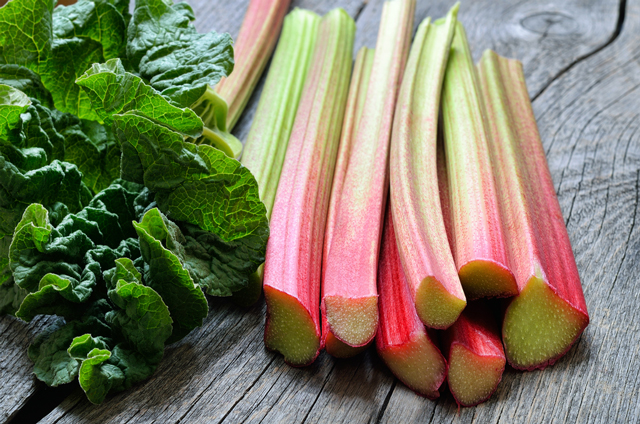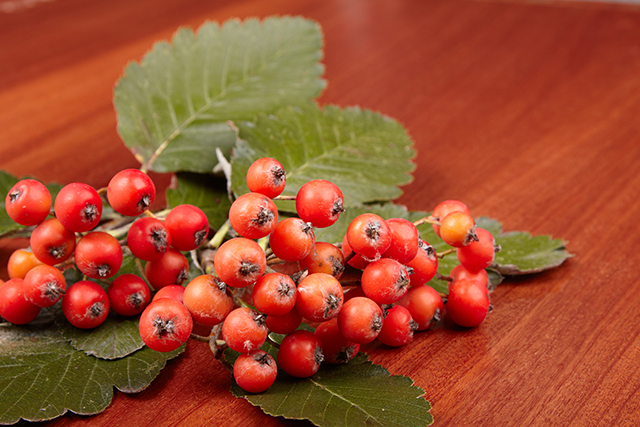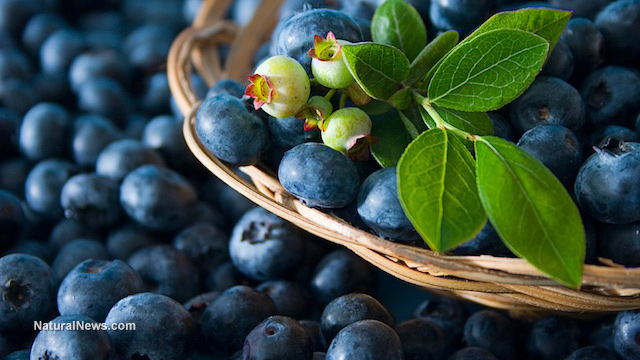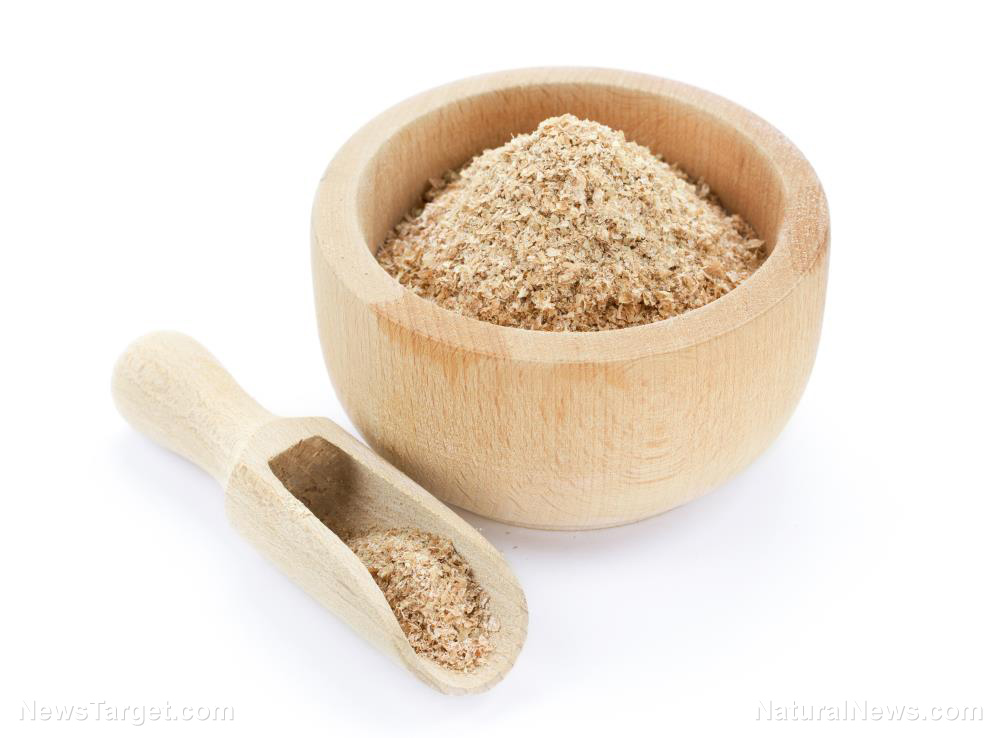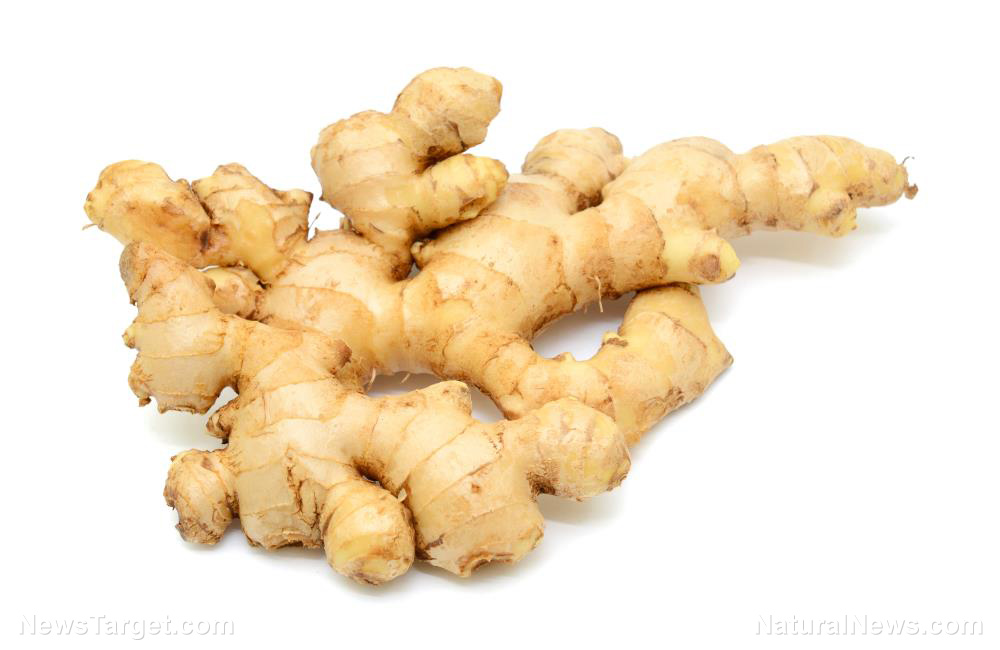One of the most nutritious green leafy vegetables, spinach is versatile and easy to incorporate into your diet
06/26/2018 / By Zoey Sky

A nutritious leafy vegetable, spinach (Spinacia oleracea) grows annually. The leaves of this plant are fleshy and full of essential nutrients and phytochemicals.
Native to southwest Asia (in the area of present-day Iran), spinach is now cultivated around the globe in temperate climate zones. California is the biggest spinach producer in the U.S., followed by Arizona and New Jersey. The annual per capita consumption of spinach in the U.S. in 2014 was at least 1.7 pounds.
The health benefits of spinach
One of the most nutritious leafy vegetables, spinach is second only to kale (Brassica oleracea var. sabellica) in total carotenoid and folate content. It is also full of protein and low in carbohydrates and fat.
Spinach is also a good source of vitamins and minerals, and it maintains its nutritional value even after cooking. Eat some spinach if you need B vitamins, which is crucial for carbohydrate metabolism, the nervous system, and the brain.
Spinach also contains minerals such as:
- Calcium
- Copper
- Iodine
- Iron
- Magnesium
- Potassium
- Selenium
- Vitamin A
- Vitamin C
- Vitamin K
- Zinc
Spinach’s carotenoid, flavonoid, and phenolic acid content means it’s a healthy and therapeutic food. These three compounds can neutralize free radicals in the body, and they can also protect the body from damage and disease by minimizing inflammation.
Spinach leaves have two major carotenoids: Beta-carotene and lutein. These two carotenoids make up over 65 percent of the leafy vegetable’s total carotenoids content. Lutein can help prevent vision loss from age-related degenerative disorders like cataracts and macular degeneration.
Lutein is a yellow pigment, a lot of which is found in the retina. It absorbs blue light emitted by back-lit devices such as smart phones and computer screens. Spinach also contains other carotenoids like neoxanthin and violaxanthin.
Spinach leaves have been used as an antidote against poison or infection, a diuretic, and a laxative. It was also used as a treatment for asthma and other breathing difficulties, kidney stones, and sore throat. The vegetable can also have potential effects against hyperglycemia and inflammation. Spinach leaves can be consumed fresh or cooked.
Modern research has shown that the antioxidant content of spinach leaf, which is rich in vitamins A and C, can protect against damage from cellular oxidation.
A separate in vitro study determined that neoxanthin can greatly suppress inflammation and the proliferation of prostate cancer cells. A bacteria-based model also revealed that the flavonoids in spinach leaves had anti-mutagenic potential.
Studies have also shown that the glycolipids in spinach leaves have inhibitory effects against gastric cancer cell and promyelocytic leukemia cell proliferation in vitro. These findings are positive and preliminary results of the possible potential therapeutic effects of spinach glycolipids to halt cancer proliferation. (Related: 5 foods and spices to keep your immune system strong when fighting cancer.)
A semi-randomized crossover study in humans proved that the consumption of a fortified spinach beverage can greatly increase plasma nitrate concentration, which is linked to lower diastolic blood pressure within 150 minutes post-consumption. The effects last for five hours, implying that spinach can be used therapeutically as a safe alternative and effective carrier for nitrate medications.
Since spinach leaves have various beneficial compounds like fatty acids, folic acid, iron, polyphenols, vitamin C, and zinc, it is believed that these compounds have protective effects topically and internally. Studies also determined that supplementation with spinach juice or other kinds of spinach extracts had potential beneficial effects when used to treat wounds and ulcers in diabetics.
Sauteed spinach recipe
To enjoy the various health benefits of this leafy vegetable, try this recipe for a simple sauteed spinach dish:
Ingredients:
- 2 tablespoons extra-virgin olive oil
- 4 cloves garlic (sliced thinly)
- 20 ounces fresh spinach
- 1 tablespoon lemon juice
- ¼ teaspoon salt
- ¼ teaspoon crushed red pepper
Recipe:
- Heat the oil in a Dutch oven over medium heat. Add the garlic, and cook for one to two minutes until it starts to brown.
- Add the spinach and toss to coat in oil. Cover and cook for three to five minutes until wilted.
- Remove from the heat and add lemon juice, salt, and crushed red pepper. Toss to coat and serve immediately.
You can read more articles about spinach, fresh food, and other beneficial vegetables at Fresh.news.
Sources include:
Tagged Under: food as medicine, food science, fresh foods, healthy food, Leafy greens, leafy vegetables, nutrition, organic foods, spinach, Spinacia oleracea, vegetables, vitamins


